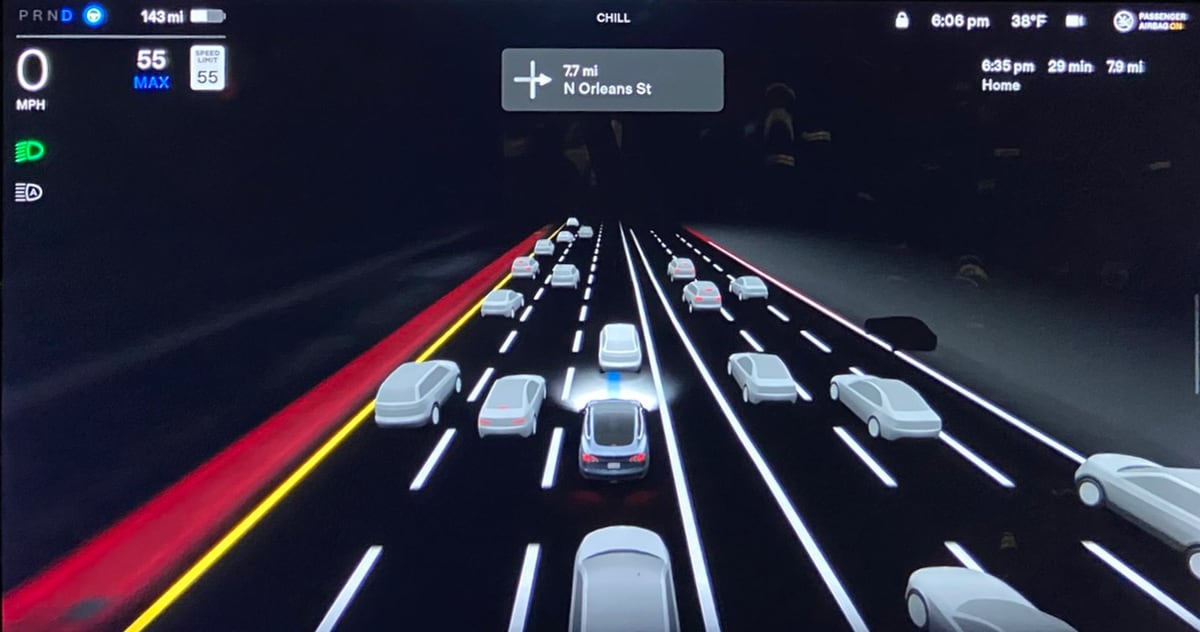Tesla, SAE, and the actual law, all make this super clear.
Anything above L2 requires the car to be capable of performing the entire DDT. Which Teslas system is incapable of doing. By Teslas own admission.
They hope to develop and test ANOTHER system in the future that CAN do the whole DDT. FSDb isn't it.
You're misunderstanding the definitions again. I'll post the explanation, although there's no real point, because you're the type of person who never admits defeat, especially on topics you're fully engrained in.
DDT = SAE tries to break down all the tasks related to driving (including human-based driving)
Level 1 and 2: by virtue of requiring the driver to constantly monitor the environment, by definition, means that SOME part of the OEDR is left to the driver. That's why it's limited OEDR. Because for level 1 and 2, the driver is EXPECTED to intervene for any missing OEDR he/she deems important.
Level 3-5: this is OEDR "complete" *NOT* because the system can respond to every environmental situation known in the universe. It means the driver can EXPECT that the system respond to every OEDR item while the feature is enabled.
You have to always look at the levels through the lens of AUTOMATION and EXPECTATION, not some level 5 super-human singularity driver.
It's really crazy how subtle and unclear the levels are for 95% of people, even people who've read that damn thing multiple times.
Some text from the definition below:
A driving automation system feature equipped on a conventional vehicle that either:
- Supports the driver by executing a limited set of lateral and/or longitudinal vehicle motion control actions sufficient to fulfil a specific, narrowly defined use case (e.g., parking maneuver), while the driver performs the rest of the DDT and supervises the Level 1 or Level 2 feature’s performance (i.e., Level 1 or Level 2 driver support features);
or
- Executes a limited set of lateral and longitudinal vehicle motion control actions, as well as associated object and event detection and response (OEDR) and all other elements of the complete DDT in order to fulfil a specific, narrowly defined use case without human supervision (Level 3 or 4 ADS features).
....
NOTE: A Level 2 driver support feature is capable of only limited OEDR, meaning that there are some events that it is not capable of recognizing or responding to. Therefore, the driver supervises the feature’s performance by completing the OEDR subtask of the DDT. See Figure 2 (discussing the three primary subtasks of the DDT).



